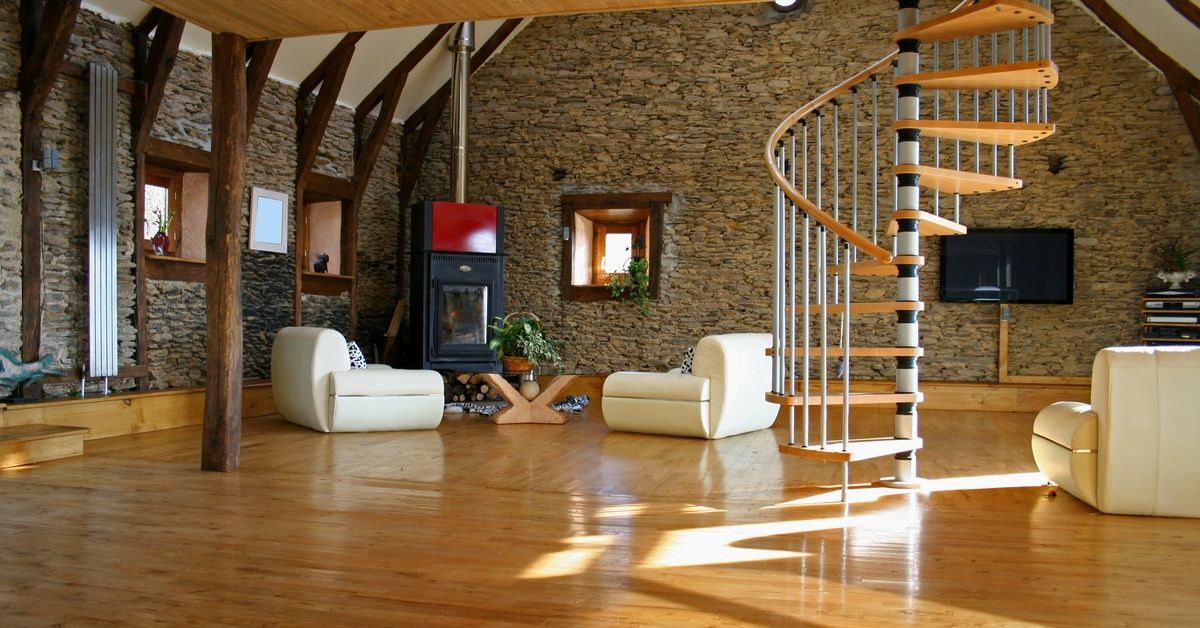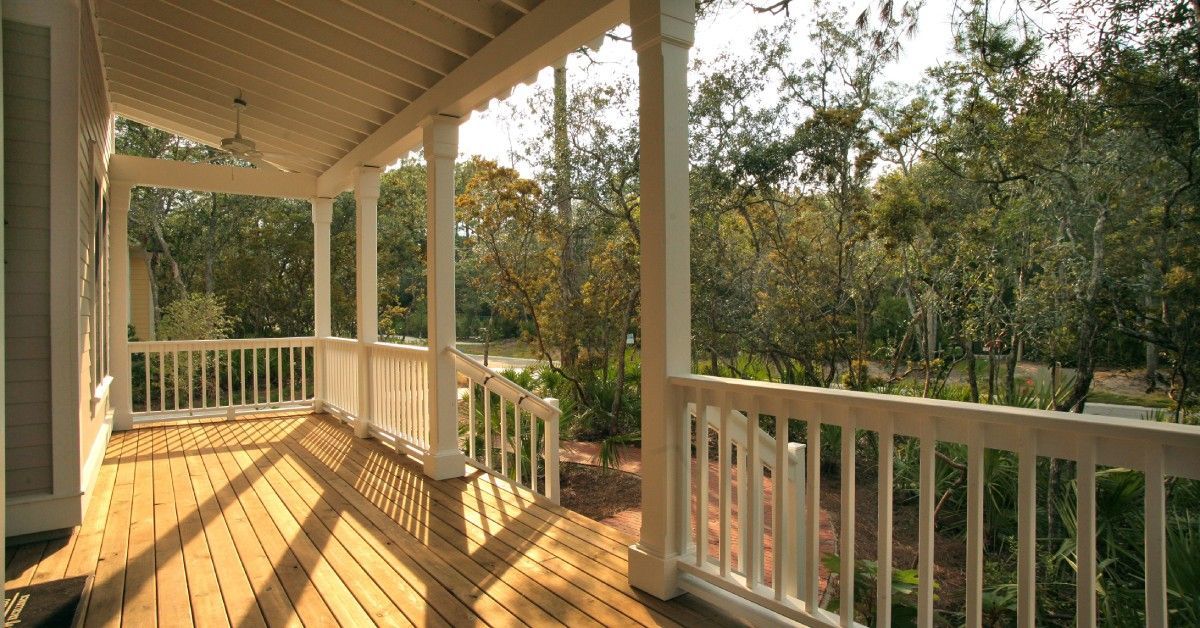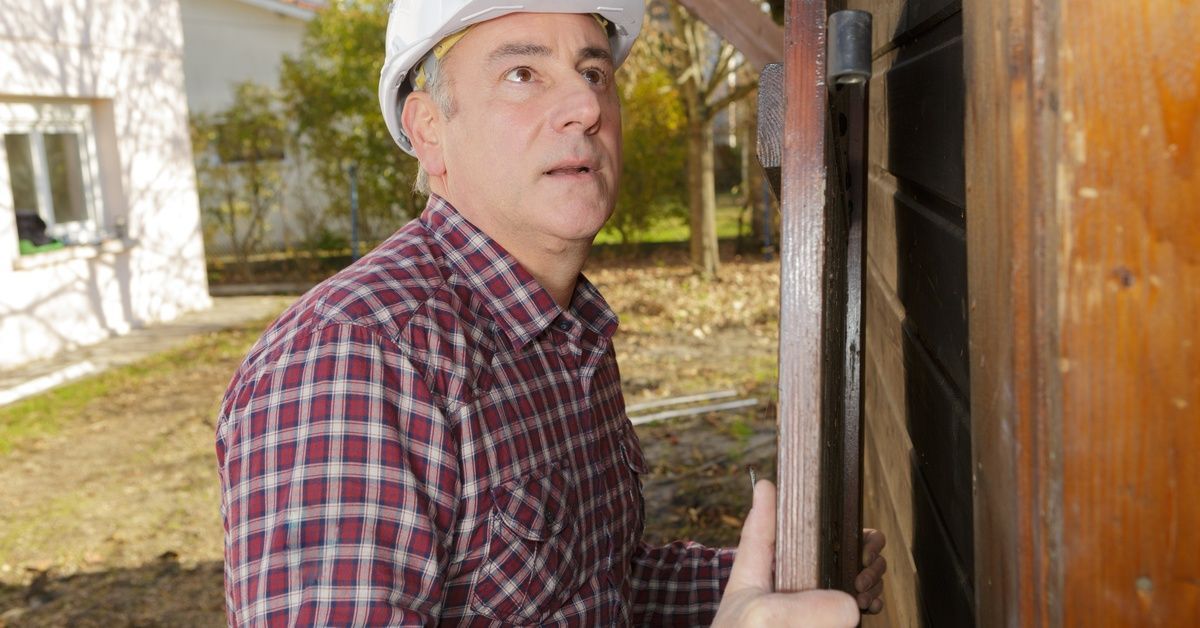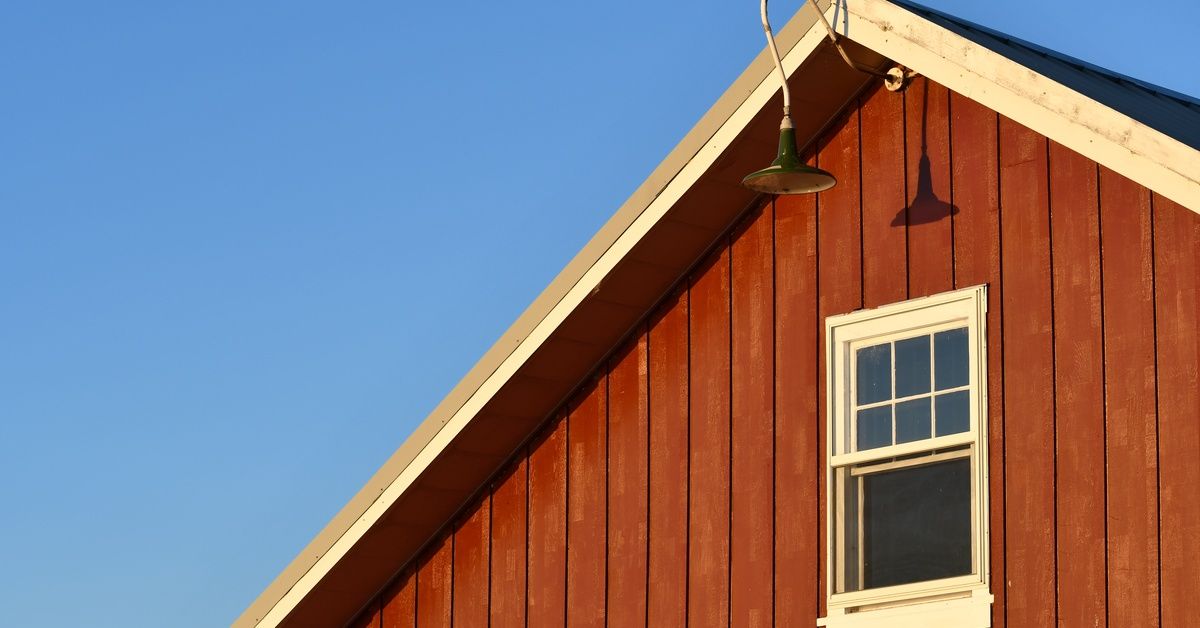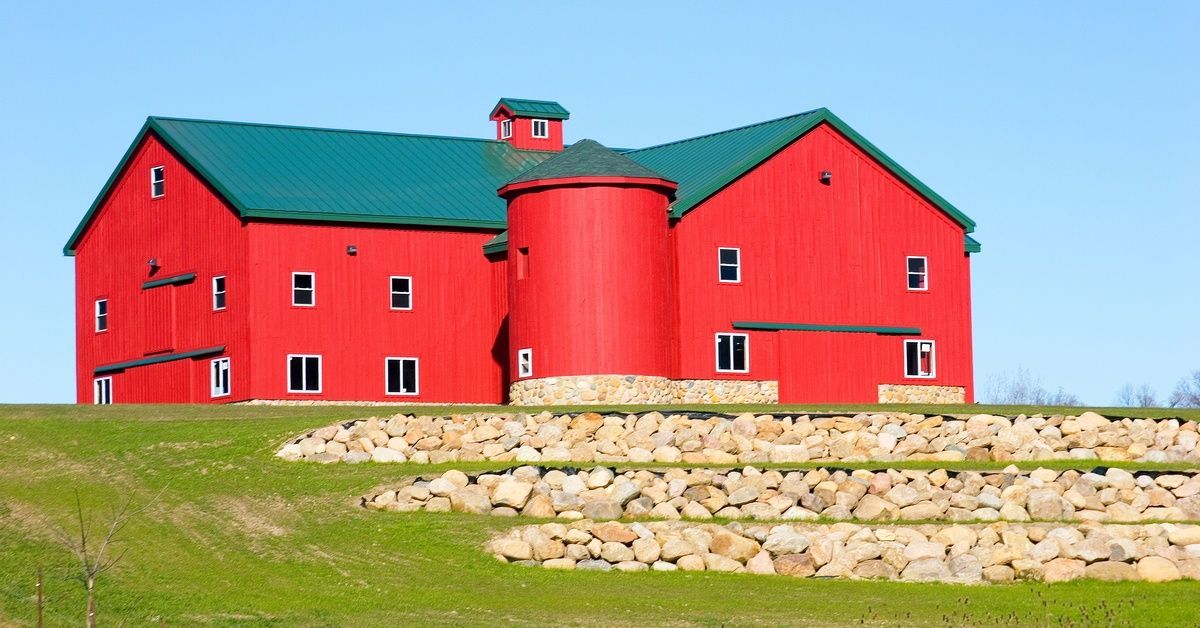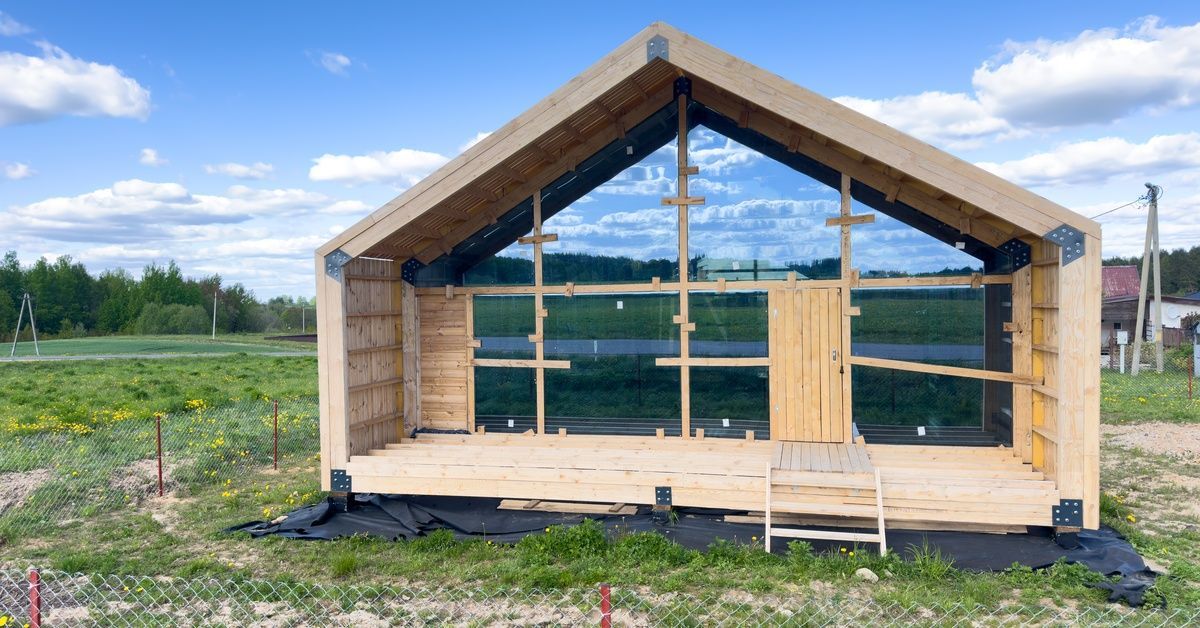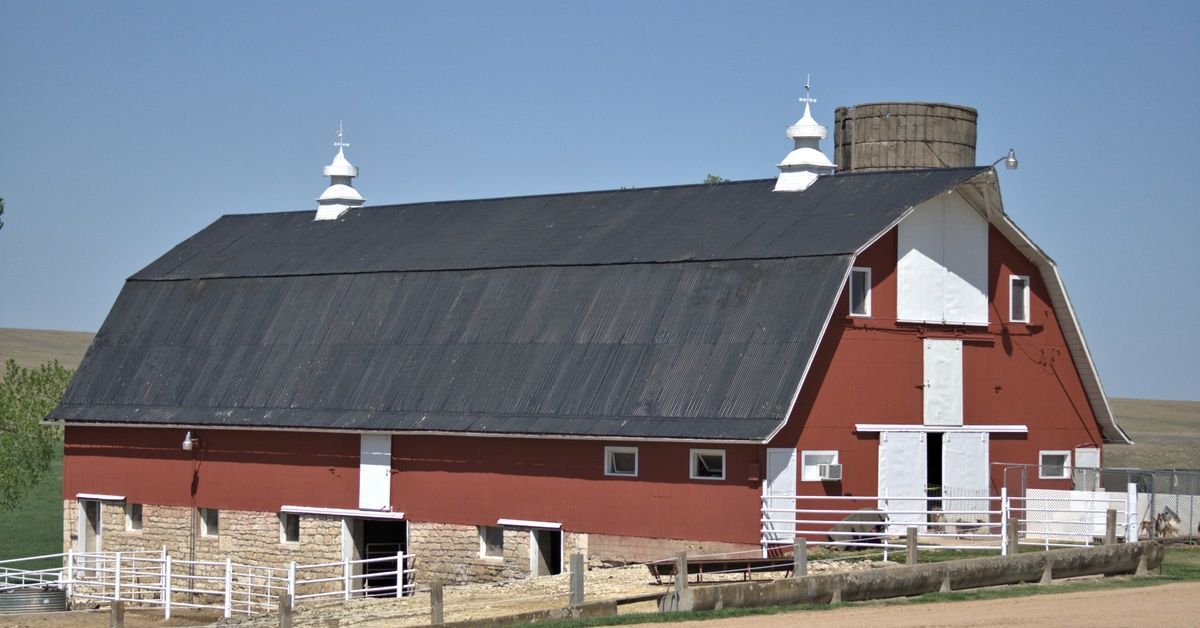The Advantages of Metal Buildings vs. Wood
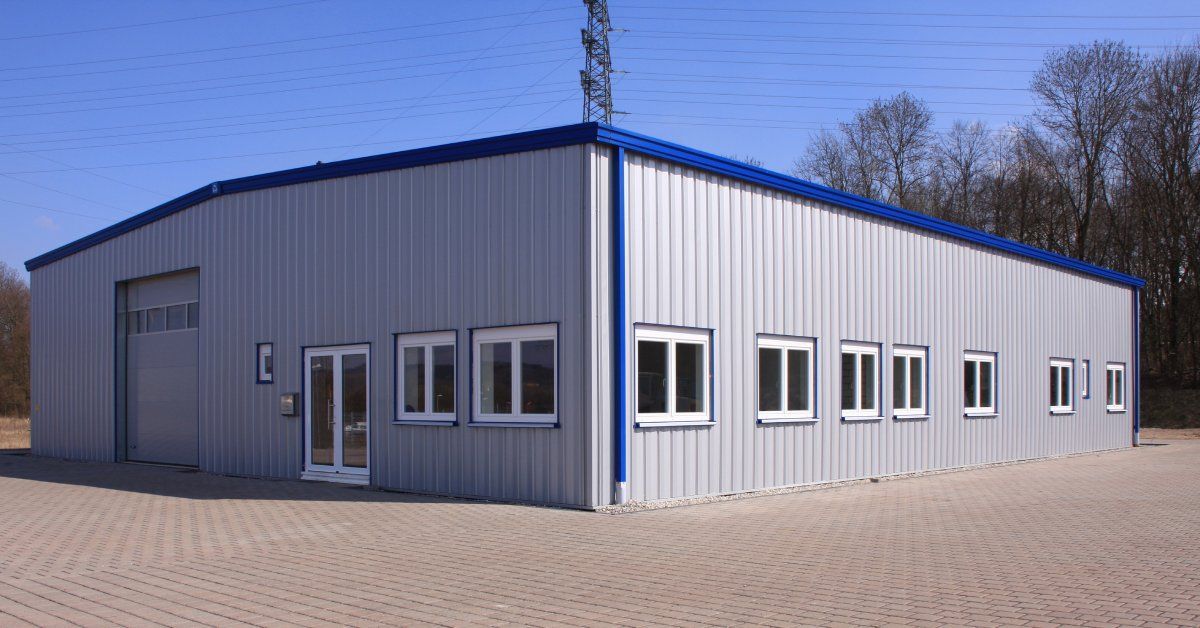
When it comes to choosing materials for constructing buildings, the debate boils down to two primary contenders: metal and wood. Both materials have distinct characteristics that cater to a variety of needs, but they differ greatly in their durability, cost, environmental impact, design scope, and construction timeline. This guide will uncover the advantages of metal buildings and wood , so you can make an informed decision regarding the construction of your next project.
Durability and Longevity
One of the most compelling arguments in favor of metal buildings is their durability. Metal, specifically steel, is naturally resistant to several common factors that threaten the longevity of wooden structures.
For example, insects like termites can wreak havoc on wooden buildings, causing irreversible structural damage. Metal buildings are immune to such pest problems, making them a more secure long-term investment.
Weather resistance is another significant area where metal has the upper hand. Wood tends to warp, rot, or crack when exposed to fluctuating temperatures, moisture, and humidity. Metal buildings, on the other hand, can withstand extreme climates, from heavy snow to scorching sun, without compromising their structural integrity. This resilience directly contributes to metal buildings lasting decades with minimal degradation.
Furthermore, metal is inherently resistant to fire. Wood burns quickly and poses serious fire risks, but metal can endure high temperatures without collapsing. Fire resistance is a critical safety feature and a factor that can reduce homeowner insurance premiums in some cases. The superior durability and longevity of metal buildings make them a logical choice for anyone prioritizing resilience and security.
Cost-Effectiveness
While the initial cost of constructing a metal building may sometimes appear higher than wood, the long-term financial benefits tell a different story. Wood buildings demand constant attention and regular maintenance to prevent issues such as rot, pest infestations, and warping. This ongoing upkeep can result in substantial expenses over the years, cutting into the overall cost efficiency of the structure.
Metal buildings come with fewer maintenance requirements. Anticorrosive coatings and advanced finishes ensure that the metal is rust-free and structurally sound. This durability translates into low repair and replacement costs.
Insurance is another area where metal buildings prove to be cost-effective. Thanks to their resistance to fire, pests, and harsh weather conditions, owners of metal buildings often enjoy reduced insurance premiums.
Additionally, metal buildings require fewer resources to heat and cool due to better insulation options that save on energy bills. When viewed holistically, the lifetime costs of owning and maintaining a metal building are far more economical than those of wooden buildings.
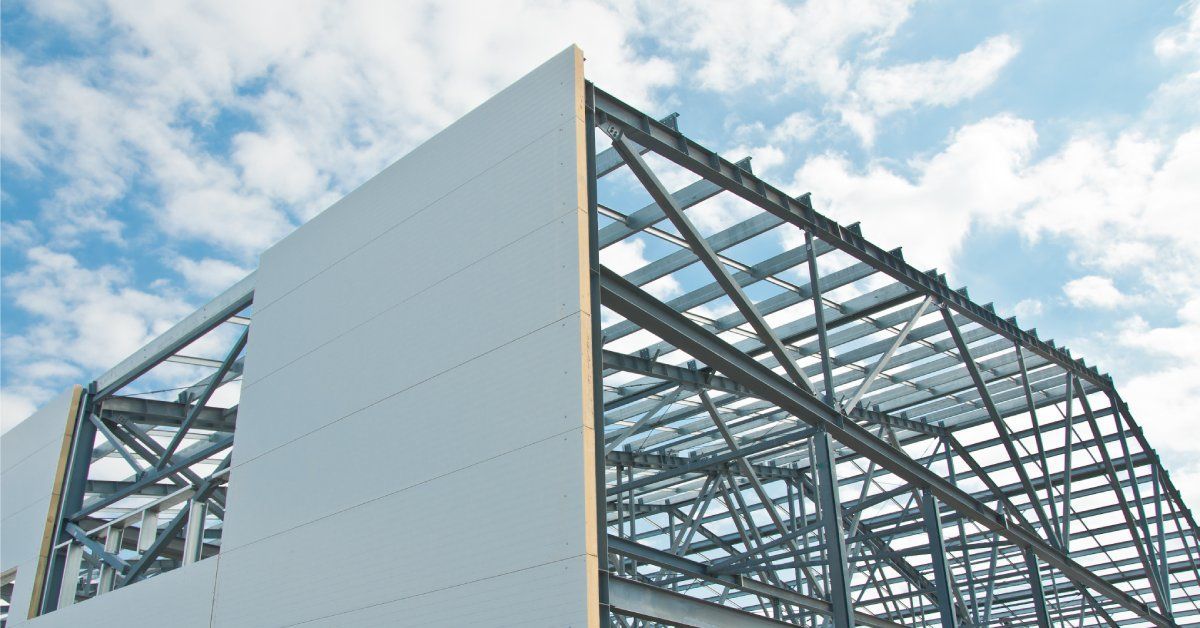
Environmental Impact
Sustainability has become a key consideration in construction, and metal buildings commonly come out ahead in this regard. Metal, particularly steel, is recyclable without losing its strength or quality. Many metal buildings feature recycled materials, further reducing the demand for virgin resources. At the end of a building’s life cycle, you can fully reclaim and reuse the metal to create new structures or products, making it a sustainable choice.
Wood is a renewable resource, but it comes with a few challenges. Deforestation remains a pressing environmental concern because the demand for wood in construction contributes to habitat destruction, carbon emissions, and loss of biodiversity. Although sustainable forestry practices are available, the reality is that plant regrowth takes time, and immediate deforestation negatively impacts the planet.
Metal buildings also tend to have a lower carbon footprint during their usage. With advanced insulation options, they require less energy to heat and cool compared to many wooden structures. When environmental sustainability is a priority, metal buildings offer the best solution.
Design Flexibility
A common misconception surrounding metal buildings is that they lack aesthetic appeal or design variety. However, modern advancements in manufacturing and engineering have made metal buildings highly versatile and customizable. They can suit industrial, commercial, and residential purposes, with options to incorporate various textures, finishes, and colors that fit seamlessly with any architectural style.
Metal buildings also allow for wider and more open interior spaces due to their structural strength. Beams and trusses in metal structures can span larger distances without requiring additional support, creating open-plan layouts ideal for warehouses, offices, and even modern homes. The ability to integrate glass, wood, or other materials into metal frameworks further expands creative possibilities, proving that metal buildings can be visually appealing and functional.
Wooden buildings are versatile in their own right, but they have certain limitations. Structural requirements dictate the use of load-bearing walls, reducing flexibility in interior layouts. Additionally, custom designs in wooden structures can be more expensive due to labor-intensive craftsmanship. When it comes to both aesthetic and functional customization, metal is the winner.
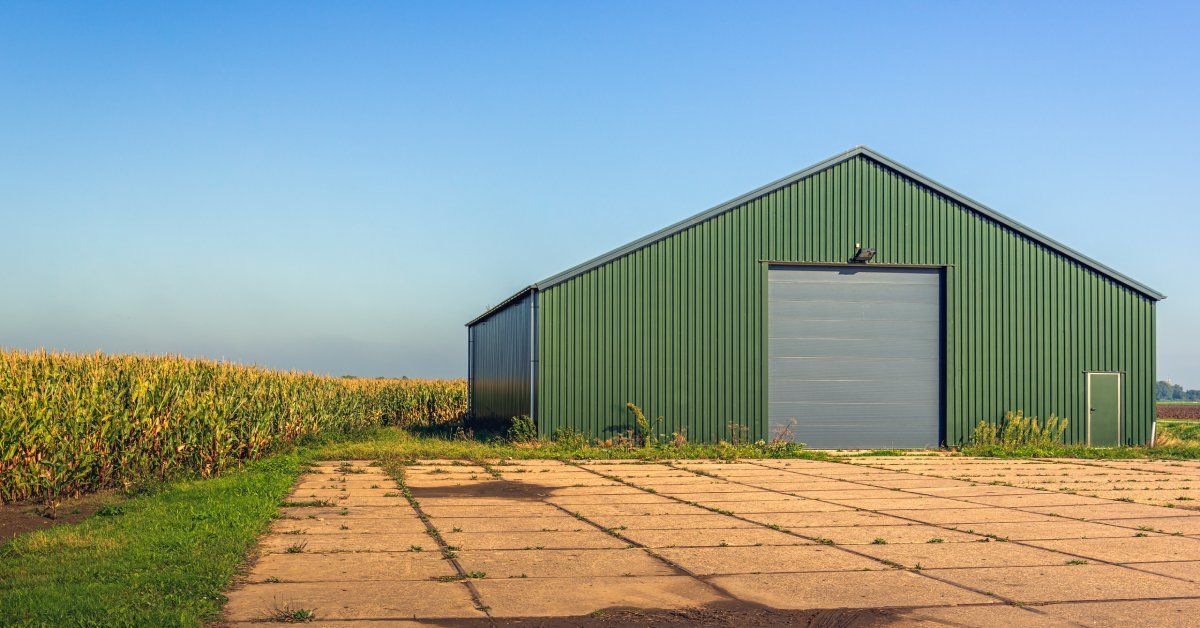
Construction Time
The time required to construct a building is an important factor that impacts budgets and deadlines. Metal buildings are popular for their fast construction timelines due to prefabrication. Manufacturers produce many components in controlled environments and deliver them to the building site, ready for assembly. This streamlined process reduces construction time and minimizes waste and labor costs.
Wooden buildings, on the other hand, typically involve extensive on-site work. The need to cut, shape, and assemble wood components can greatly extend construction timelines. Additionally, wood is more susceptible to construction delays caused by weather, such as rain and humidity, which can swell or warp the material.
Fast construction times mean that metal buildings are especially suitable for projects where deadlines are a priority. Whether for emergencies, expanding businesses, or personal timelines, the efficiency of metal construction is a major advantage worth considering.
Why Metal Buildings Are the Superior Choice
The advantages of metal buildings and wood are diverse, from their unmatched durability to their cost-effectiveness and environmentally friendly nature. They resist threats like pests, fire, and weather conditions with ease, ensuring a longer lifespan with lower maintenance requirements. Being recyclable makes them a sustainable choice in a world increasingly focused on reducing ecological footprints.
Additionally, the design flexibility, faster construction times, and ability to fit various architectural styles solidify the case for choosing metal over wood. Whether you are constructing a warehouse, an office, or a modern home with minimalist aesthetics, metal buildings provide the perfect balance of functionality and style.
For those seeking an efficient, reliable, and eco-conscious solution, metal buildings are a worthwhile investment that exceeds the limitations of traditional wooden structures. If you’re ready to make your next project a durable success, contact CKR Pole Buildings & Barns. With years of experience constructing metal buildings in KY , we provide top-notch craftsmanship and personalized service. Get in touch today to start planning your dream structure with our expert builders.
